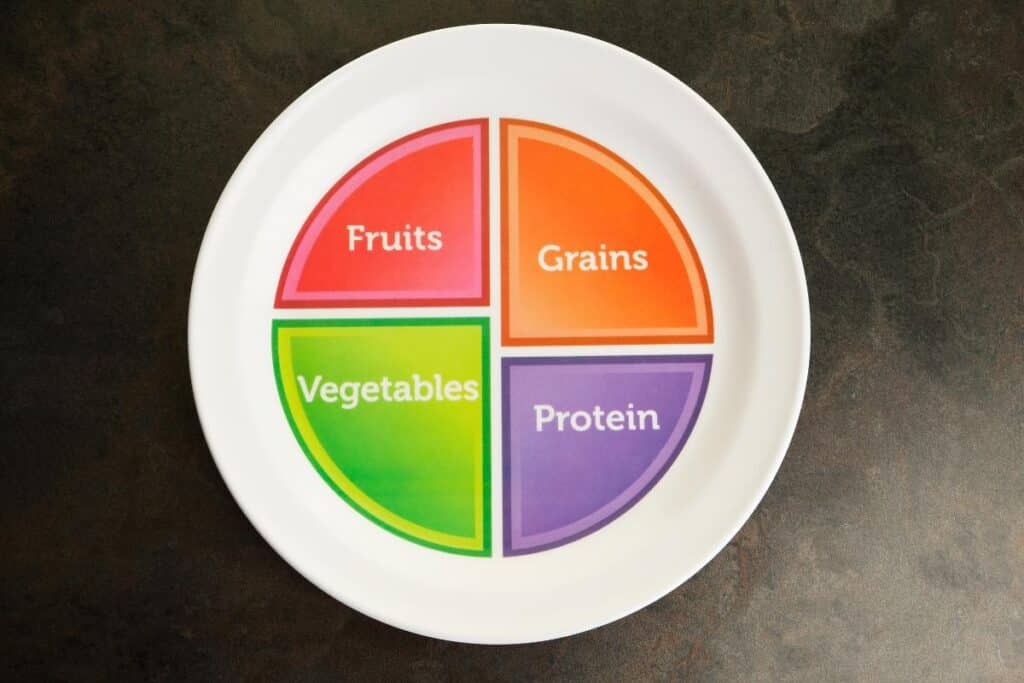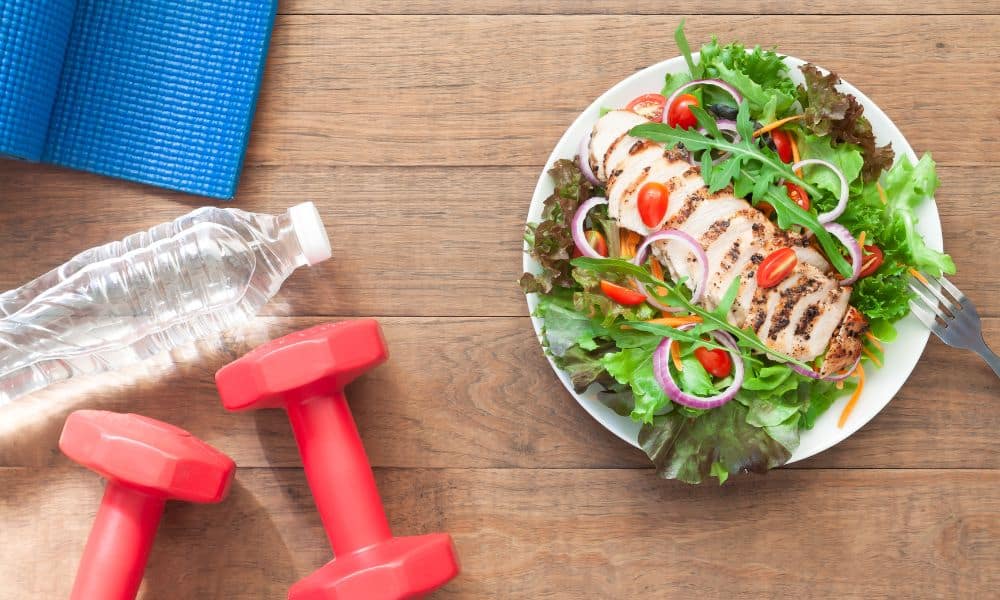As you navigate the path of fat loss, one of the most effective tools at your disposal could be as simple as a portion control chart. This visual aid is designed to help you quickly identify the correct serving sizes of various food groups, making it easier to consume a balanced diet without overeating. Let’s explore how a portion control chart can be the compass that guides you to fat loss success.
The Vital Role of Portion Control in Fat Loss
Controlling your portion sizes is a sustainable approach to losing weight. It allows you to eat all types of food in moderation, which can help prevent feelings of deprivation that might lead to binge eating. With a portion control chart, you can ensure you’re consuming just the right amount of calories that your body needs for energy, avoiding the excess that gets stored as fat.
How a Portion Control Chart Works
A portion control chart typically divides food into categories, such as proteins, carbohydrates, fats, and vegetables. Each category has specified serving sizes, often compared to everyday objects to help with visualization. For example, a serving of meat might be equated to the size of a deck of cards, while a serving of carbohydrates could be visualized as the size of a computer mouse.
Benefits of Using a Portion Control Chart
Simplifies Meal Planning
With clear guidelines on how much to eat, meal planning becomes more straightforward, and grocery shopping becomes more efficient.
Encourages Variety
A portion control chart ensures that all food groups are represented in your diet, promoting a wide range of nutrients intake.
Aids in Calorie Counting
By following the recommended serving sizes, you can more easily track your calorie intake, which is crucial for creating the calorie deficit needed for fat loss.
Teaches Visual Cues
Over time, using a portion control chart can teach you to estimate serving sizes without having to measure your food, making it easier to stick to appropriate portions no matter where you are.
Implementing the Chart in Your Diet
Use the plate, hand, cup or nutritional facts method to control the amount of servings for each food group. For example:
Creating a portion control chart using the hand method is a practical way to estimate serving sizes without any measuring tools. This method uses parts of your hand as a reference for different food groups. Here’s a simple chart you can follow:
Protein (Meat, Fish, Poultry, Beans):
– Portion Size: 1 palm-sized serving
– Details: The thickness and diameter of your palm, not including fingers
Vegetables and Salads:
– Portion Size: 1 fist-sized serving
– Details: The size of your closed fist represents one serving of vegetables
Carbohydrates (Grains, Starchy Vegetables, Fruits):
– Portion Size: 1 cupped-hand serving
– Details: A scoop of your cupped hand equals one serving of carbohydrates
Fats (Nuts, Seeds, Oils, Butter):
– Portion Size: 1 thumb-sized serving
– Details: The length and thickness of your thumb represent one serving of fats
Cheese:
– Portion Size: 1 index finger-sized serving
– Details: The length and width of your index finger equal a serving of cheese
Remember that these are general guidelines and the actual amounts can vary based on your specific dietary needs, goals, and hand size. The hand method is particularly useful for controlling portions when you don’t have access to kitchen scales or other measuring tools, making it easier to stay on track with your fat loss journey even when you’re on the go.
Start with Vegetables
Fill half of your plate with vegetables before adding other food groups to ensure you’re getting enough fiber and nutrients.
Measure Protein and Carbs
Use the chart to measure out servings of protein and carbs. These are often the categories where people overeat the most.
Don’t Forget Fats
While fats are calorie-dense, they’re also essential for your health. Use the chart to include healthy fats like avocados, nuts, and olive oil in moderation.
Adjust as Needed
Everyone’s energy needs are different. Use the portion control chart as a starting point and adjust according to your fullness cues and energy requirements.
Conclusion
A portion control chart is more than just a tool for weight loss — it’s a roadmap to healthier eating habits. By visually understanding the right amount to eat, you can control calories, enjoy a balanced diet, and steadily progress on your fat loss journey. Remember, consistency is key, and portion control is a habit that can benefit you for a lifetime.
In conclusion, adopting the use of a portion control chart can significantly demystify the process of eating right for fat loss. It provides a visual and practical approach to eating, ensuring you can enjoy a wide array of foods while still moving towards your goal of a healthier, slimmer body.




